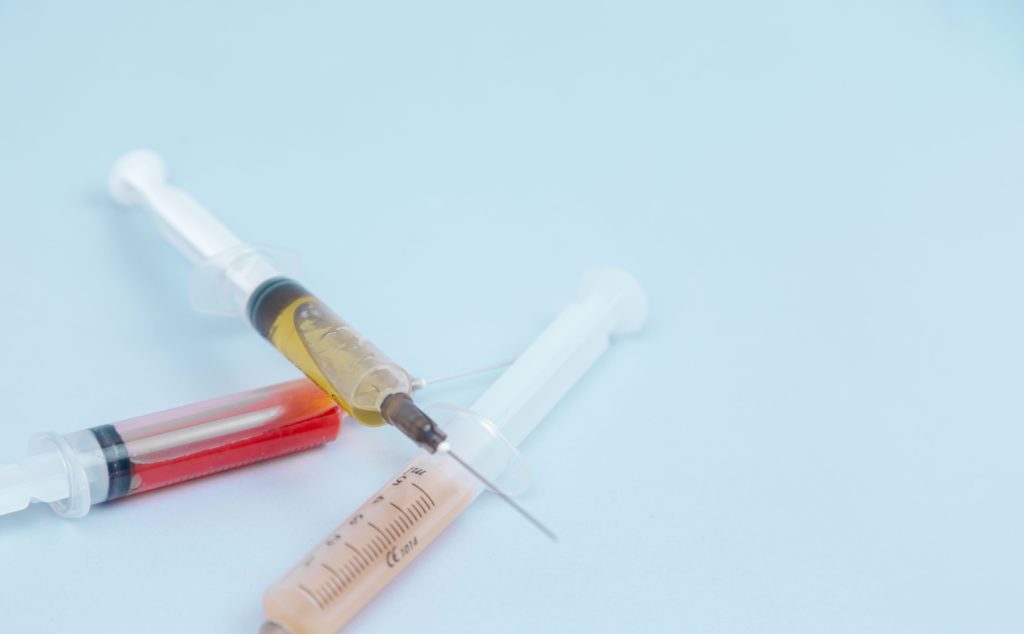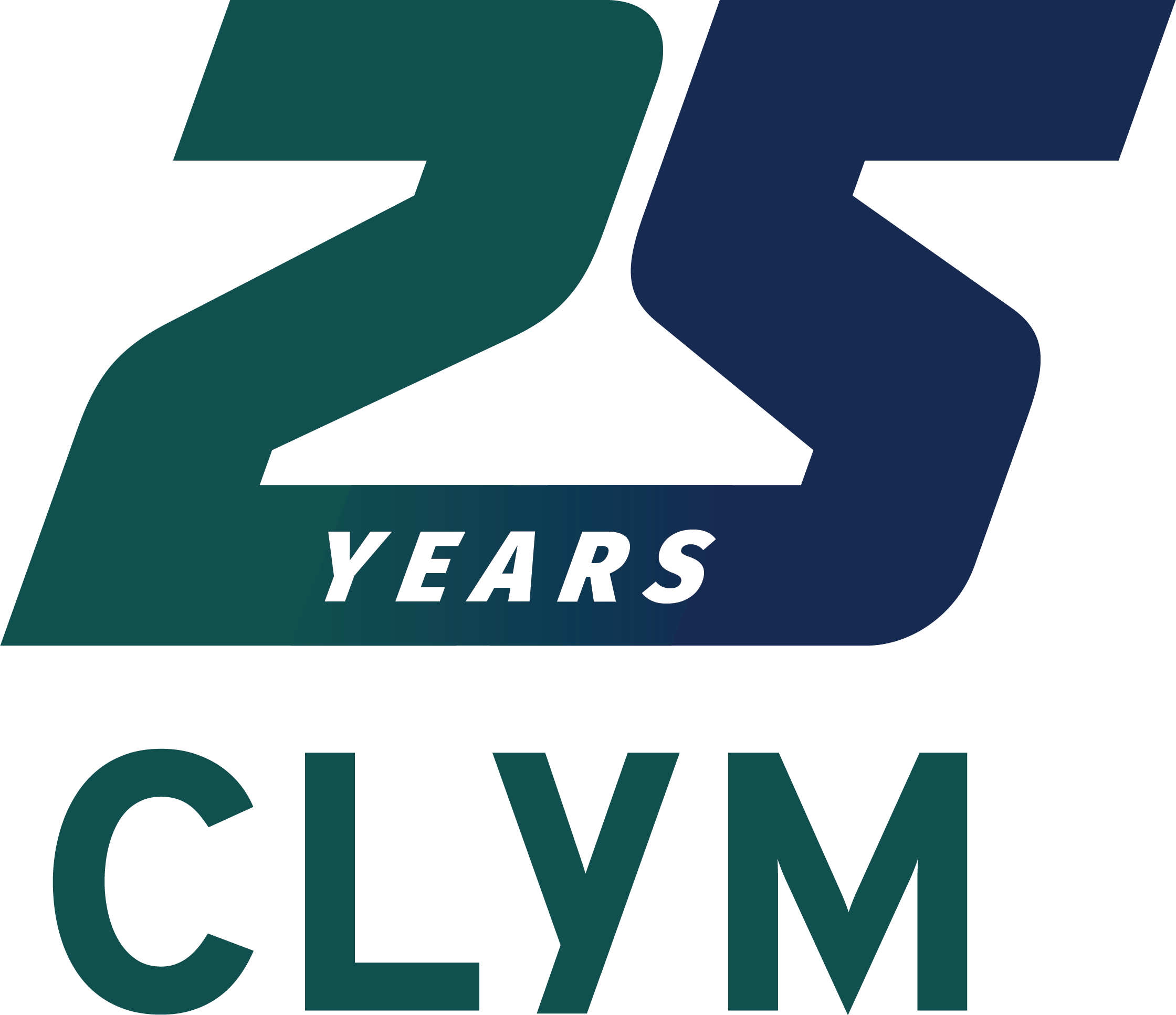
Needlestick and other sharps injuries are, unfortunately, a hazard for anyone working in the healthcare or life sciences research fields whether you’re a nurse, emergency responder, doctor, or lab technician. While OSHA has (enacted) passed requirements allowing only the use of safer sharps devices in most settings, sharps injuries can still occur.
Why Is Proper Sharps Disposal So Important?
After an incident, potentially exposed employees will frequently find themselves undergoing testing and treatment, including HIV, TB, and strains of Hepatitis. On top of the fear and uncertainty employees face following a sharps injury, treatments may cause side-effects that could inhibit the worker’s ability to perform job duties.
While the incidences of disease transmission through sharps injuries is comparatively low, the risk is still one to be taken seriously.
A needlestick can also be the cause of accidental injection of substances or medication if a worker accidentally sticks themselves on a needle after delivering medication. While the majority of medication is packaged for use with needleless systems, there are still medications that need to be drawn and injected via syringe.
Not only does proper sharps disposal protect your workers, it also protects your organization. Needlesticks are usually found to be a preventable violation of OSHA regulations, and potentially heavy fines can be leveled at the facility following an incident.
Best Tips for Disposing of Used Sharps
From using only approved needles to maintaining your sharps disposal units, here are 6 tips for proper handling and disposal of sharps.
1. Provide Staff With Safety Needles
The days of the old, unprotected catheters are long gone, and are now replaced with newer, safer versions. Spring loaded needles will retract automatically into the barrel at the touch of a button, while others can be manually slid backwards and into the barrel. Another type of safety needle features a safety cap, designed to eliminate handling the sharp while recapping it. Whatever needles you choose, make sure they are labeled as safety needles.
2. Identify Potential Sharps
Your facility deals with more sharps than just needles. Think of other, less obvious sharps hazards such as lancets, IV infusion sets, razor blades and even auto-injectors. If it can pierce the skin, it is considered a sharp and needs to be managed safely.
3. Employee Training
Whatever type of safer sharps devices you provide to your employees, make sure it is a universal choice across all your departments. Train your employees on safely using and disposing sharps, and make sure to document your training sessions with them. In addition to training the healthcare workers, train other employees, such as janitorial staff, on safely handling used sharps.
4. Prompt Disposal
Workers should dispose of a sharp immediately after it has been used. This means that sharps containers should be located at the points of use. Don’t allow workers to pass sharps between staff to be disposed of.
5. Avoid Recapping
Recapping needles should be discouraged, according to OSHA. If, however, it is unavoidable, needles should be recapped using the single hand method, scooping the cap onto the needle rather than picking it up.
6. Sharps Containers
When choosing the size of your sharps container, consider how volume and size of the sharps you’ll generate. If your staff routinely starts IVs, draws blood, or uses Pasteur pipets you will need a larger sharps container for proper containment and disposal.
Encourage employees never to “force” a sharp into the container, and never try to close a container if there are sharps sticking out of the opening. Sharps containers should be exchanged frequently and disposed of properly, and a replacement should always be immediately available.
Outsource Sharps Containers Disposal to a Professional
Clym Environmental Services provides hazardous waste removal of all kinds, including removing, disposing, and replacing sharps containers.
Contact CLYM to find out more about convenient on-site sharps containers disposal and replacement services.
